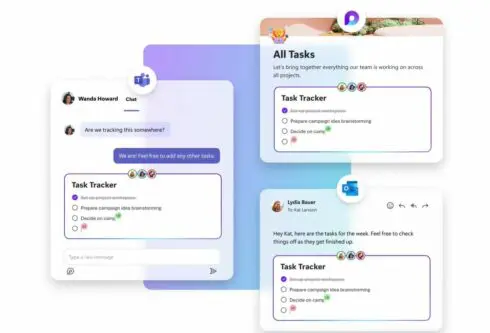
Microsoft has released Fluid Framework 2, the latest version of its platform for building collaborative experiences across the Microsoft 365 suite.
Fluid Framework 2 includes four major updates, the first of which is a new SharedTree Distributed Data Structure (DDS) that provides a programming interface for working with data. It supports many different data types, such as primitives, objects, arrays, and maps. It also includes features like the ability to listen for changes and track revertible objects on undo/redo stacks, the ability to group changes, an easier way to create granular event listeners, and support for recursive types in schemas.
Next, it adds a new relay and storage solution for SharePoint Embedded that allows users to keep collaborative data within Microsoft 365 tenants. According to Microsoft, this allows developers to benefit from the security and compliance benefits of Microsoft 365 storage.
Fluid Framework 2 also introduces Fluid DevTools, which is a browser extension for writing and debugging Fluid apps. Key features include container state and data visualization, the ability to modify container state for testing offline, framework event logs, telemetry graphs, and visibility into audience membership, permissions, and join/leave logs.
And finally, this version also includes a package that provides telemetry data that can be funneled into any analytics tool. This allows application developers to monitor application usage and look for issues or areas that could be optimized.
Additionally, Microsoft announced that several of its new experiences are powered by Fluid Framework 2 as well, including:
- Microsoft Loop, a collaborative workspace similar to Notion
- Edge Workspaces, which allows Edge users to organize browsing tasks into dedicated windows
- Teams Live Share, which is an SDK that can be used to create collaborative experiences within Teams
You may also like…
Anthropic updates Claude with new features to improve collaboration
Microsoft hit with antitrust violation warning in EU over bundling of Teams
Q&A: How cognitive fatigue impacts developer productivity






